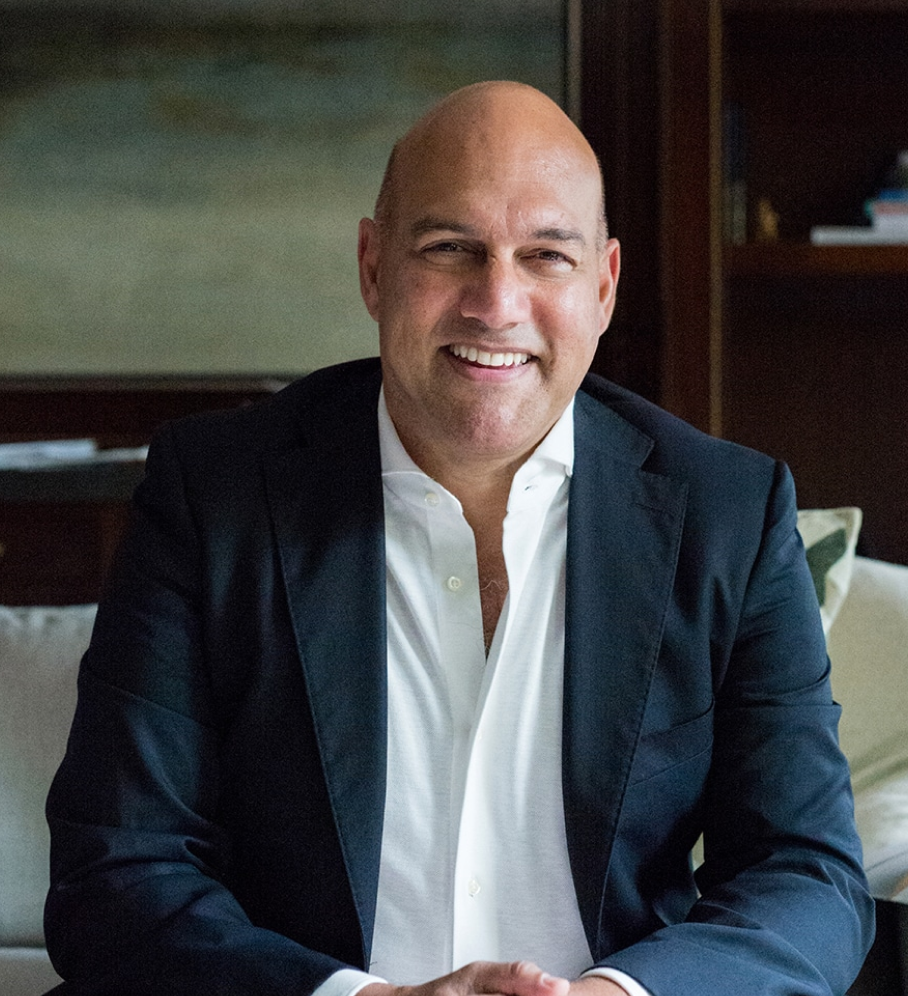Chapter 15 - Lessons Learned - Implications of ExOs
While the notion of an Exponential Organization may seem revolutionary to most people even today, in fact, many of its characteristics have long shown up in certain corners of the business world—most notably, Hollywood.
Why did Hollywood, 3,000 miles away from both the acting world of Broadway and the banking center of New York City, become the world capital of the film industry by the end of the 1920s? Because the West Coast was far removed from the traditional culture of the East, and with its almost unlimited cheap real estate, natural light, and pliant local government, the early film barons were free to do almost anything they wanted, including writing their own rules.
The result was the studio system, in which early filmmakers set out to own the entirety of their assets and their workforces, from the sets to the studios to the employees. Even actors were contracted to single studios, and distribution was exclusive to the theaters owned by that studio.
By the 1960s, the studio system was all but dismantled due to anti-trust and other factors. It was replaced by a system that was almost its exact opposite.
Today, Hollywood operates in exactly the same loosely coupled, networked environment of an ExO ecosystem. Each participant, from the writer and actor to the director and camera grip, manages their own career. Meanwhile, agents at every level help find and connect scripts with talent, production companies, and equipment.
Currently, when a film is created, a swarm of independent entities come together for the duration of the production, operating on 24/7 schedules and in close collaboration. Once the film is finished, sets are broken down for reuse, equipment is reassigned, and all the actors, grips, and production assistants disband and scatter to pursue their next projects, which often start the very next day.
Hollywood didn’t plan this metamorphosis. Rather, it evolved into an ExO-like ecosystem because it is the nature of film to be a series of discrete projects. This made Hollywood a pioneer in the virtualization of enterprises. Today, with new social and communications technologies, it is in the vanguard of the rise of the Exponential Organization.
The high-tech startup ecosystem of Silicon Valley is another example of this model: entrepreneurs, employees, scientists, marketers, patent lawyers, angel investors, venture capitalists, and even customers all operate within a small geographic region of the San Francisco Bay Area. Wall Street is a similar ecosystem. Many similar ecosystems are emerging around the world
Leveraged by new generations of technology that, according to Moore’s Law, have emerged every few years, the infrastructure is now in place for many industries to move to this framework. And they will move and quickly—not only because it confers an enormous competitive advantage but also because the system rewards first movers.
In this chapter, we’ll examine in depth some of the implications of the ExO model and ecosystem. In fact, we’ve identified eighteen key dynamics at play. Nine were documented in the original book. In this version, naturally, we’ve naturally doubled that to 18. Let’s look at each of them in turn:
Condensed Implications from the Original ExO Book
Join Our ExO Community - Unlock Exponential Growth!
Traditional growth models risk obsolescence. Learn how to become an Exponential Organization (ExO) and drive innovation with disruptive technologies. Sign up now!
Organizations implementing the formula have delivered over
- ⭐ 6.8x high profitability
- ⭐ 40x higher shareholder returns
- ⭐ 11.7x better asset turnover
- ⭐ 2.6x better revenue growth








